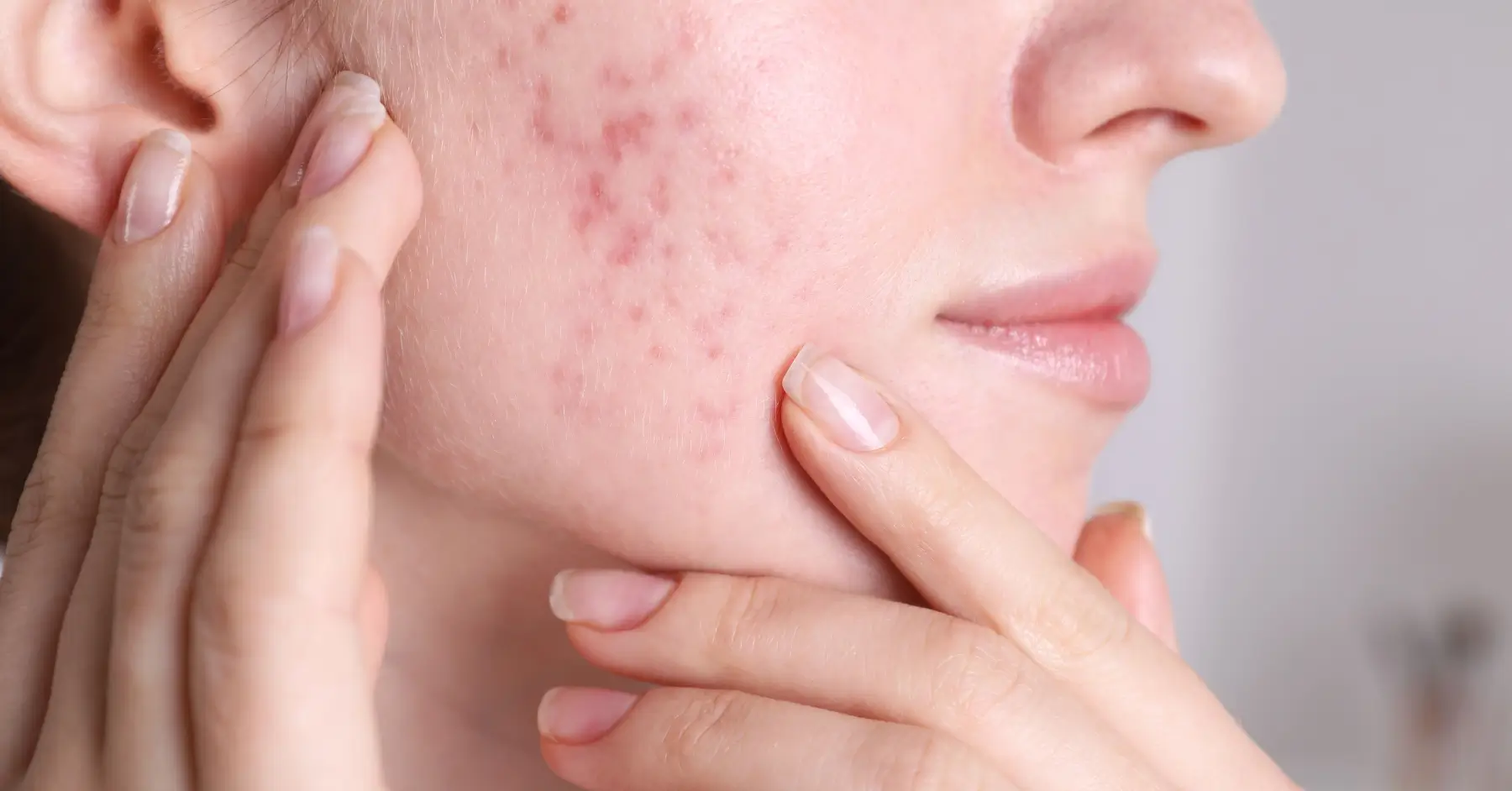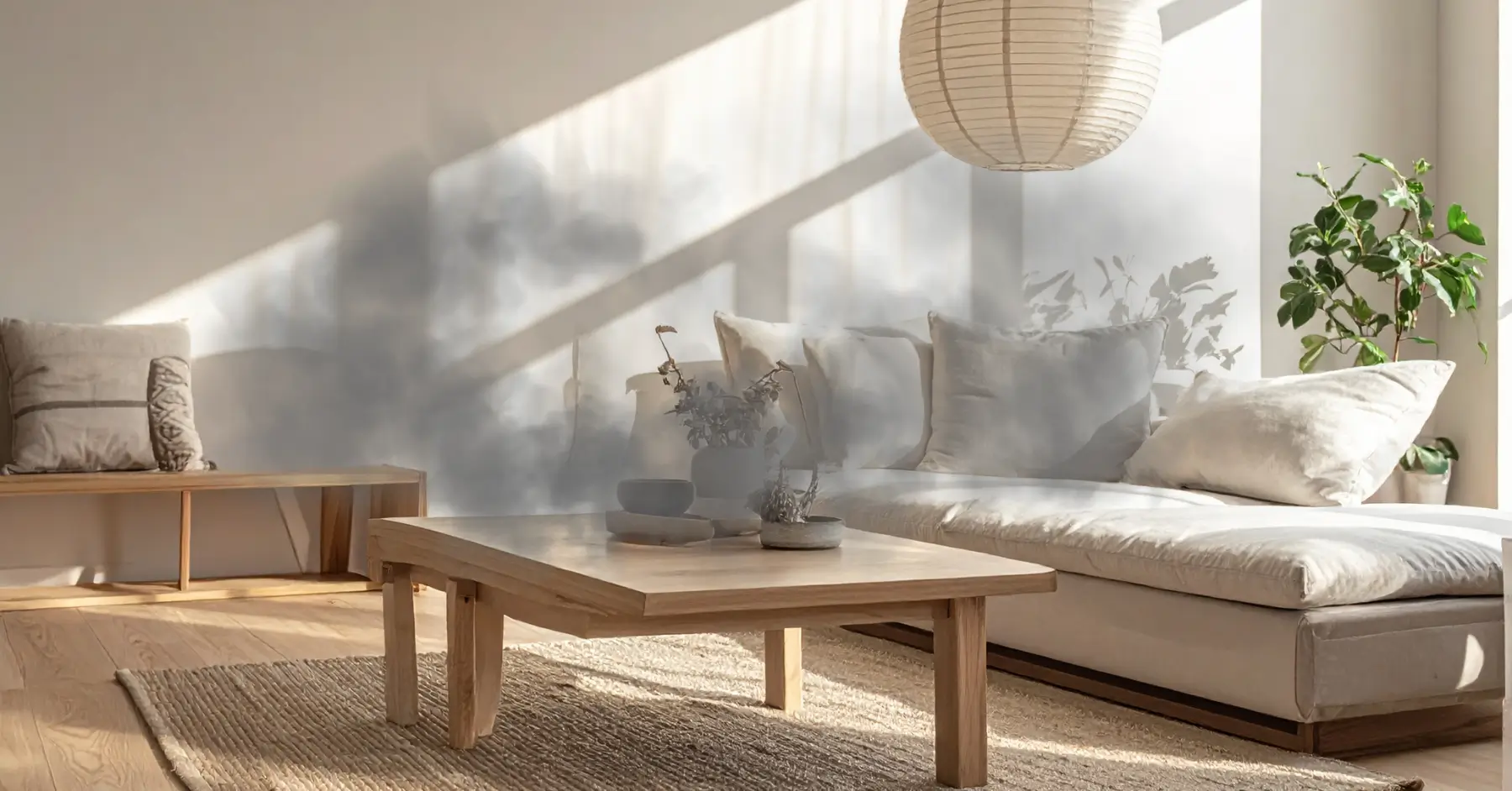Black Mold on Furniture: Is It Dangerous?
What Every Homeowner Needs to Know Before Filing a Claim
You find a dark spot creeping along the bottom of your wooden dresser. Or maybe your couch smells musty, and you spot fuzzy black patches under the cushions. Your first thought: Is this dangerous?
You’re not alone. Black mold on furniture is one of the most overlooked health hazards in the home.
People assume if the mold isn’t on the walls or in the air ducts, it’s not a big deal. But when it’s on furniture, especially soft, porous items like fabric and wood, it can become a direct line to your skin, lungs, and immune system.
At A/S General Contracting, we’ve helped countless Southern California homeowners remove black mold from furniture, flooring, and drywall. We’ve also seen the health effects it can cause when left untreated.
This guide will walk you through what black mold is, how dangerous it can be, and what to do next if you find it on your belongings.
What Is Black Mold?
Black mold is a term often used to describe Stachybotrys chartarum, a toxic species that thrives in moist, humid environments, especially on organic materials like wood, fabric, and leather.
While not every dark mold is “toxic black mold,” it’s impossible to know for sure without testing. Many molds—black or not—can still cause:
- Breathing issues
- Skin irritation
- Eye discomfort
- Sinus problems
- Fatigue or headaches
If you suspect mold, especially on something you sit, sleep, or eat near, treat it seriously.
The EPA says that indoor mold, regardless of species, can lead to health effects and that moldy items should be discarded if they can’t be fully cleaned.
Why Is Mold on Furniture a Bigger Deal?
Unlike sealed, non-porous surfaces such as tile, glass, or finished countertops, furniture often consists of porous materials.
These include a wide range of common household substances like foam cushions, various types of leather (both genuine and faux), diverse upholstery fabrics, particleboard, and untreated or unfinished wood.
The inherent nature of these porous surfaces creates a challenging environment when it comes to mold contamination, allowing mold to:
Mold Can Soak Deep into the Material
Mold Can Stay Active Even After Surface Cleaning
Mold Can Release Spores into the Air
One of the most significant concerns with mold on porous furniture is the continuous release of microscopic mold spores. Even a slight touch, movement, or disturbance of the affected item can dislodge these spores, sending them airborne. Once airborne, these spores can be inhaled, leading to respiratory problems, allergies, or other health issues in susceptible individuals, and can also settle on other surfaces, initiating new mold growth in other areas of your home. This constant release perpetuates the contamination cycle and makes effective remediation crucial.
Furniture mold isn’t just ugly, it’s often hidden, persistent, and hazardous to clean without the right safety steps. The Mississippi State University Extension’s mold cleanup guide explains that mold in furniture is particularly stubborn and may require full removal of contaminated items.
Is Black Mold on Furniture Dangerous to Your Health?
In many cases, yes, especially if:
- You have asthma, allergies, or autoimmune issues
- The mold has been growing for a long time
- The furniture is located in a poorly ventilated room
- You or your family spends time near or on the item daily
Even for otherwise healthy people, prolonged exposure to mold spores can cause:
- Chronic coughing or sneezing
- Eye, nose, and throat irritation
- Skin rashes or itchiness
- Trouble breathing
- Worsening allergy or asthma symptoms
If you feel better when you’re away from home, or worse after sitting on a certain couch or bed, mold could be the reason.
Can You Clean Mold Off Furniture?
Fabric or Upholstered Furniture
- Light surface mold can sometimes be cleaned with diluted white vinegar or an antimicrobial spray
- Deep mold in cushions, padding, or fabric seams may be impossible to fully remove
- Even if it looks clean, spores may still remain and regrow
Wood Furniture
- Mold on finished wood may be cleaned with vinegar or a mild detergent
- If the mold is embedded in unfinished or raw wood, full sanding or material replacement may be needed
- Musty smells that persist after cleaning are a red flag—it’s still active
Never try to clean mold off furniture with bleach—it’s not effective on porous surfaces and releases fumes that can be dangerous indoors.
Should You Throw Moldy Furniture Away?
Here’s when you should consider discarding the item:
- The mold has penetrated deeply and can’t be removed
- The item smells musty even after cleaning
- You’ve had past or ongoing health symptoms linked to exposure
- It was contaminated during a flood or sewage backup
When in doubt, it’s safer to part with the item than risk long-term health exposure.
At A/S General Contracting, we’ll help assess what can be cleaned and what should be replaced. Our licensed mold remediation experts will give you real answers.
Can Insurance Cover Furniture Mold?
It depends. Most homeowners’ insurance policies do not cover mold unless it was caused by a sudden and accidental event, like a pipe burst or storm damage.
Even then, coverage depends on:
- How fast you filed the claim: Insurers often have strict deadlines for reporting mold damage, so acting quickly is crucial.
- If you tried to clean it yourself before calling: DIY attempts can sometimes complicate claims, especially if they worsen the problem or don’t follow professional remediation standards.
- What your policy says about mold exclusions: Many policies have specific clauses that limit or exclude mold coverage, so reviewing your policy details is essential.
We’ve seen cases where furniture mold was covered—even without mold-specific coverage—because the event that caused the moisture was included.
Want help figuring it out? Start here:
Insurance Claim Support for Mold Damage
What to Do If You Find Black Mold on Furniture
- Isolate the item—move it away from other furniture or fabrics
- Avoid sitting or sleeping on it until you know what you’re dealing with
- Don’t spray bleach or DIY chemicals unless you know the surface can handle it
- Call a mold remediation professional for testing or inspection
- Document everything in case you want to file an insurance claim
If the mold came after a known water issue (leak, flood, HVAC drip), let your contractor know right away.
Mold on Furniture Isn’t Just Cosmetic
Black mold on furniture isn’t just a surface problem—it can impact your health, your home, and your peace of mind. Left untreated, it spreads quickly and can contaminate other areas of your living space.
When in doubt, it’s better to call a professional who knows how to test, clean, and safely remove mold-contaminated materials. That’s where we come in.
Need Help With Mold on Furniture?
Whether you’re worried about that musty smell or looking at a mold-covered loveseat, we can help. We’re certified, insured, and available 24/7 to inspect, clean, and restore your home.
Contact A/S General Contracting
We’ll tell you if your furniture is safe to clean or help you remove it the right way. No pressure. Just real help from people who care.


